La Rosita Pi Music Server
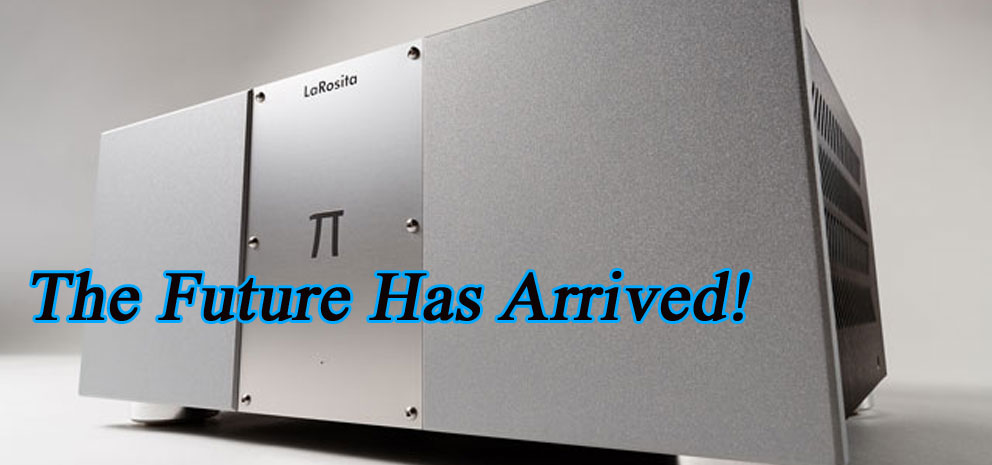
 Some folks consider me quite fortunate, and in certain ways I definitely am. Consider that serendipitous gathering in 2005 when I was among a handful of reviewers to hear the Laufer Teknik Memory Player (MP)—generally regarded as the world’s first high-end music server. Since that time nearly every music lover I know, once under the hypnotic spell of the MP, intuitively knew where high-end audio was heading. But a lot of people in the industry, who never heard it in action, couldn’t believe that a PC-based device could outperform their beloved CD players—regardless of all the accolades the MP received in the press.
Some folks consider me quite fortunate, and in certain ways I definitely am. Consider that serendipitous gathering in 2005 when I was among a handful of reviewers to hear the Laufer Teknik Memory Player (MP)—generally regarded as the world’s first high-end music server. Since that time nearly every music lover I know, once under the hypnotic spell of the MP, intuitively knew where high-end audio was heading. But a lot of people in the industry, who never heard it in action, couldn’t believe that a PC-based device could outperform their beloved CD players—regardless of all the accolades the MP received in the press.
Fast forward nearly a decade and it’s easy to see that CDs are becoming a thing of the past. iTunes and iPods have pushed music sales directly to the Internet in record numbers. This helped spawn the music server avalanche that exists today which has literally taken over the audio electronics industry. High-end audio manufacturers are quickly finding ways to build PC-based servers, streamers, USB plug-ins and a growing number of peripheral devices. Yes, our smug and often snobbish industry has joined in this multi-billion dollar sweepstakes.
Problem is most of the resulting devices sound no better than ordinary CD players; and in some cases worse. Their sonic inferiority tainted the MP by association and made its very real merits difficult to accept prima facie. I heard again and again that the MP “…was nothing more than an overpriced/glorified PC. How hard and costly would it be to build one?”
One by one, some denigrators quickly changed their tune about the MP once side by side comparisons were made against their glorified CD players. Today, some of the most ardent detractors have become proud owners of the MP. The hidden technologies (RUR – Read Until Right: used to thwart that dreaded Error Correction, and IDEAS – Impulse Discharge of Events in Atemporal Space: the reshaping of bits) that handles those zeros and ones is no longer a laughing matter. The MP’s designer, Mark Porzilli was ahead of his time and the MP continues to stand as the best music server available in the here and now.
Recently however, there have been a rash of rave reviews for the La Rosita Pi Music Server that also owes much of its excellence to addressing the disruption of Error Correction as well.
Word on the streets boasts it’s “the Memory Player Killer.” Only if I got a dollar for every time I heard that! Nevertheless, I was intrigued and I wondered if the opportunity would come for me to hear it. Doing some research I discovered that the Pi is built on the Mac/iTunes platform and offers wireless capabilities. Years ago I asked Sam Laufer about using iTunes software. He had said that iTunes was a bear to get respectable sound from. So how does this limitation, if still an issue, fit with the accolades given the La Rosita?
Within a month of learning about the La Rosita Pi, I got a phone call from my friend Cyrille Guyot, a die-hard music connoisseur. The very first words out of his mouth were, “Clement, wait until you hear this French-made Memory Player called the La Rosita! [Cyrille is French.] …It’s glorious sounding.” Of course, I quickly told him that if he were to bring one back to the States, I would love to do a comparison. Within a few weeks, I got another call from Cyrille asking when could he bring this new French sensation over for listen? We settled on a Friday afternoon, some five days away.

But first a background check
Perusing the website, I learned La Rosita offers six different models plus peripherals. The Pi is the company’s flagship model at $12,500, while at the low end the Die Loreley retails for only $1,500. The main ambition behind the La Rosita design was, according to Bellity, the way they addressed Error Correction, jitter and the power supply. The best approach, says Bellity, would be to store the data on a hard-drive by ripping it.
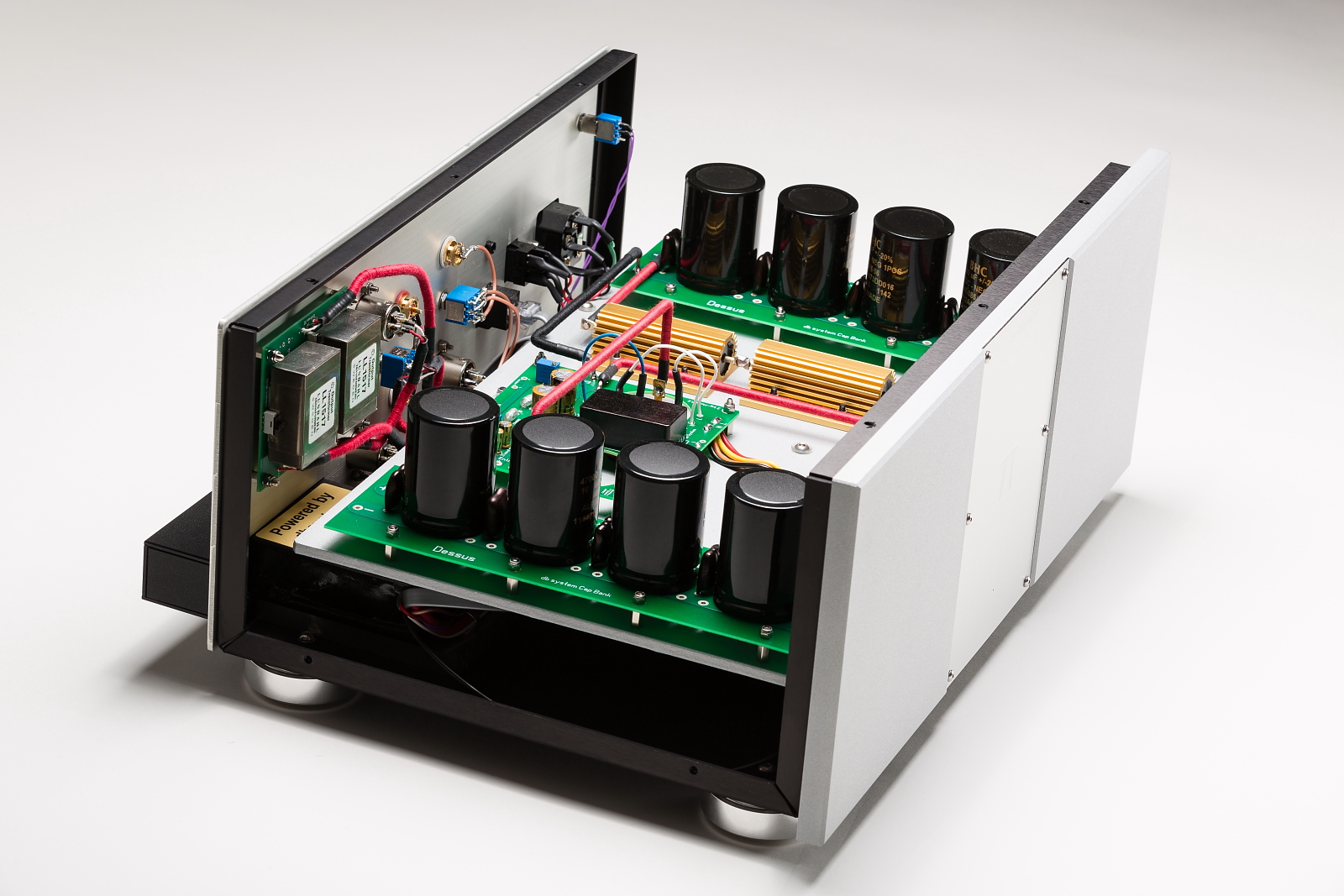
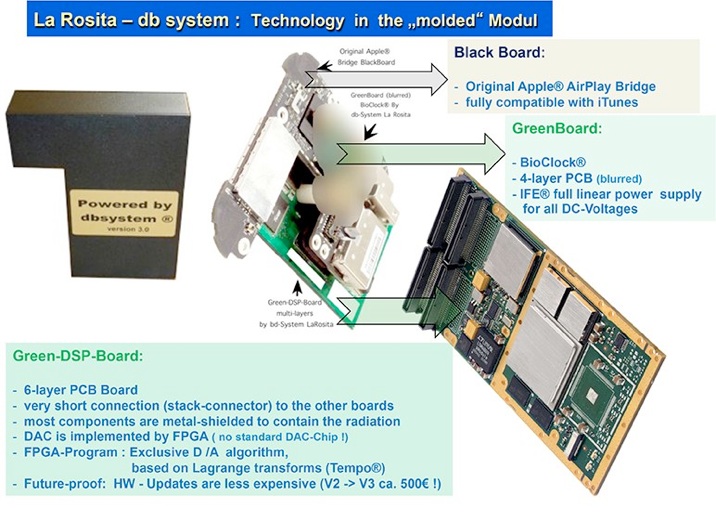
The La Rosita Pi comes fully equipped with its own internal specially-made DAC (not your typical off the shelf), but also sports RCA (SPDIF) and Balanced (XLR) digital outputs in the case you should choose your own external DAC. Based on the illustration above, the La Rosita Pi boasts multi-layered PCB boards and power supplies. The La Rosita also boasts standard Balanced (XLR) and RCA analogue outputs (the Balanced outputs employ Lundhal transformers), and can stream music from a Mac Airport or any Windows-based device wirelessly. Bellity insures, that although the La Rosita is built on iTunes, it is compatible with Foobar, JRiver, Media Monkey just to name a few. Specially-made plug-ins for iTunes (compatible with Maverick’s latest Mac OX edition) were designed to further boost the La Rosita Pi’s performance. This also includes auto iTunes updates and firmware upgrades that are essential to keeping your unit up-to-date.
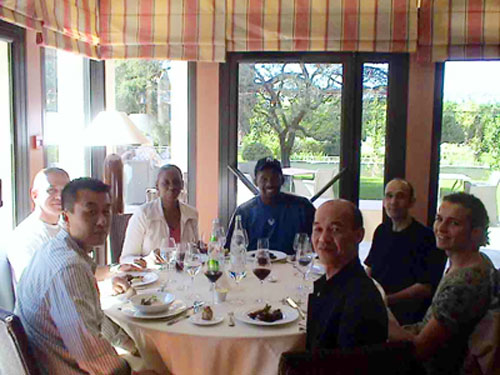
Dan Bellity is the chief designer and CEO of La Rosita. His humble beginnings started at the age of 13. He opened his own hi-fi store in Nice in 1983. Today DB Systems, Bellity’s main company (of which La Rosita is a subsidiary) is located at the southern tip of France, in the city of Grasse. Bellity is no stranger to me since DB Systems has been providing upgrade/modifications for Tact Audio components for over a decade. When I heard that Dan Bellity was the man behind La Rosita, I knew they had a designer with excellent experience. When I, Key Kim and Franck Tchang (of Acoustic Systems Resonators) visited the home of wealthy businessman Jean-Yves Kebrat, one of most respected audiophiles in France, in 2004, it was Bellity who greeted us at the front door. (Bellity, at that time, maintained Kebrat’s multi-million dollar system. Photo above shows Key Kim and Franck Tchang in the foreground. There’s my wife Monique and Dan Bellity sitting on opposite sides.)
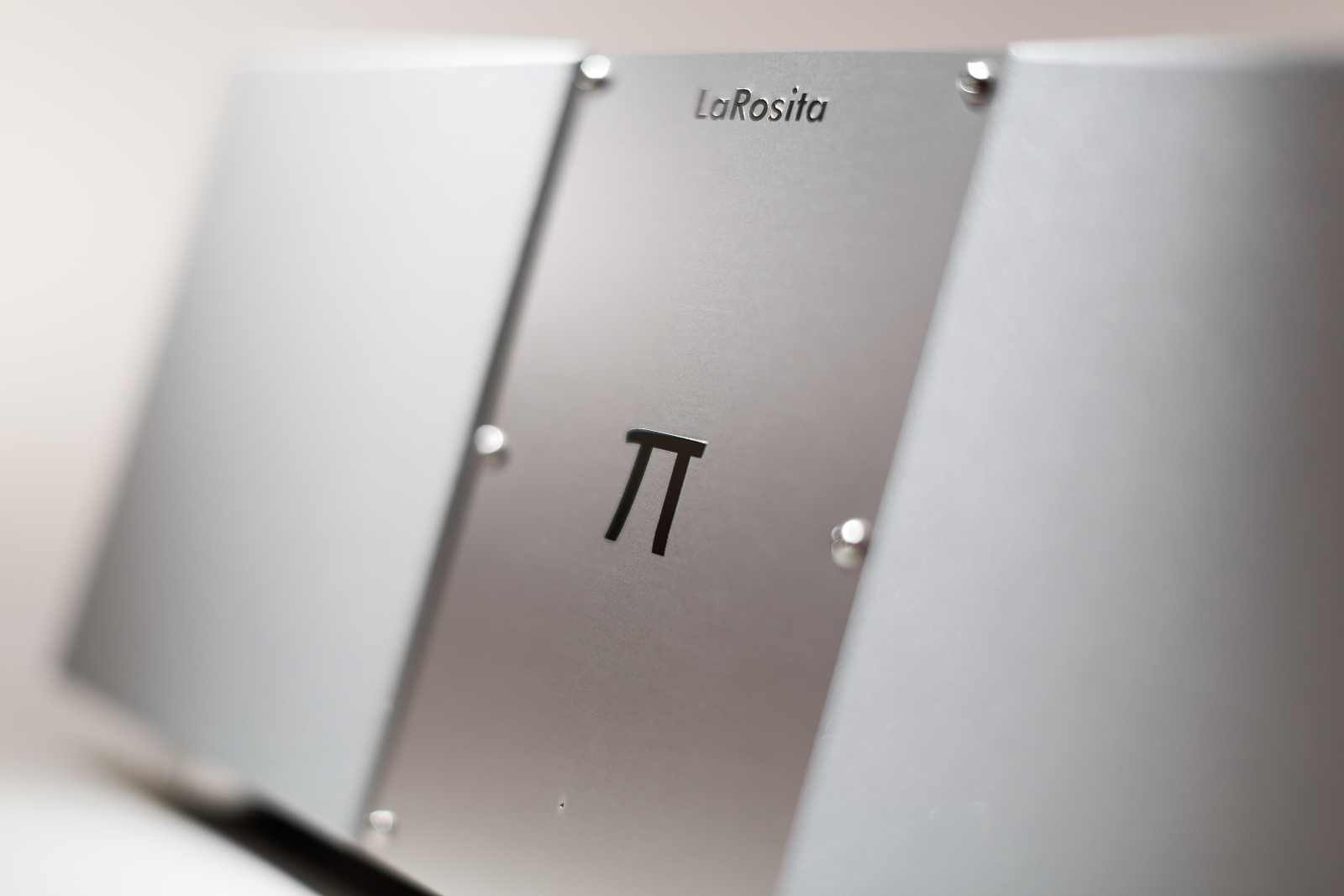
Setup: First Impressions
When Cyrille Guyot arrived in my home in Jersey City a few days later, I was surprised at how impressive looking and easy it was to get the La Rosita Pi installed into my system. Physically, the Pi rather resembles an power conditioner: there are no fancy lights, buttons or even a CD tray as all music is stored on a separate hard-drive. What you get is a nicely brushed two-tone aluminum faceplate with the Pi symbol centered on front fascia. The rear of the unit is where the power switch, analogue and digital inputs and outputs are located. Aesthetically the Pi is a clean looking, understated, yet handsome, and very well built – both inside and out.
I used my reference Klee interconnects and a Verastarr Grand Illusion AC cord. Setup was a breeze since we decided to go wireless. All that was needed was the Mac Pro laptop I had on hand, Ethernet cabling and an up-to-date version of iTunes. Once we were good to go, dialing up my favorite songs via iTunes was all that remained. Cyrille to show me how easy it is to operate the La Rosita Pi. He ripped one of my favorite home made jazz samplers on the Mac Pro containing a number of my favorite artists, like Shirley Horn, Cassandra Wilson, Dianne Reeves, Jon Faddis and Christian McBride.
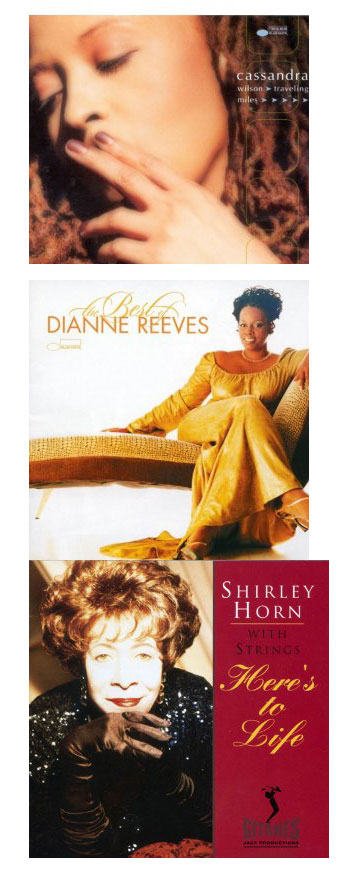 Shirley Horn’s Here’s to Life is a classic that is considered by many one of the greatest modern jazz recordings. Backed by a huge orchestra, Here’s to Life, is like lightning captured in a bottle. It allows the listener to explore all the wonder and beauty behind a great artist. Somewhat surprisingly, I found the music maintained excellent spectral balance top to bottom. The high frequencies were as clean and extended as I could have wished for, while the bass kept up its a melodic, pulsating grip on the music. Going into the next track featuring “Sky and Sea (Blue and Green)” from Cassandra Wilson’s Traveling Miles, was just as impressive with this catchy and engagingly tuneful classic. Cassandra’s voice is as husky as it is hypnotic. On this recording, she’s vibrantly alive and captures you at once with her soulfulness. She stands centered between the loudspeakers, well mic’d with a great amount of (almost chesty) body, complexity and harmonic truth. As good as I could have wished for.
Shirley Horn’s Here’s to Life is a classic that is considered by many one of the greatest modern jazz recordings. Backed by a huge orchestra, Here’s to Life, is like lightning captured in a bottle. It allows the listener to explore all the wonder and beauty behind a great artist. Somewhat surprisingly, I found the music maintained excellent spectral balance top to bottom. The high frequencies were as clean and extended as I could have wished for, while the bass kept up its a melodic, pulsating grip on the music. Going into the next track featuring “Sky and Sea (Blue and Green)” from Cassandra Wilson’s Traveling Miles, was just as impressive with this catchy and engagingly tuneful classic. Cassandra’s voice is as husky as it is hypnotic. On this recording, she’s vibrantly alive and captures you at once with her soulfulness. She stands centered between the loudspeakers, well mic’d with a great amount of (almost chesty) body, complexity and harmonic truth. As good as I could have wished for.
Listening to Dianne Reeves’ “Testify” from her Best of Dianne Reeves disc I got a better insight into what a great impression this machine’s natural sense of ease and dynamic range. The La Rosita Pi has an alive sounding disposition and a big, bold and colorful presentation. It has great PRaT (Pace, Rhythm and Timing), a quality that is not reflected in technical specifications. (And just in case you’re wondering how you know when your system has high PRaT: it’s when you find your head a bobbin’, your fingers a snappin’ and your toes a tappin’.)
La Rosita versus the Memory Player
Before noting sonic comparisons I would like to first clarify what separates the La Rosita Pi (and MP) from conventional drives: CD players. In a word: distortion. Not the typical “I hear noise in the background distortion.” This type distortion is a far more insideous type that usually makes itself known during complex big-band or large orchestral works. The more complicated or dynamic the musical passage, the harder it becomes to keep this type of distortion from appearing. Most often, we blame the recording technique, the engineers, the label that produced it or the age of that particular recording (the older the worse, usually). It’s only when you hear these very same recordings through music based servers like La Rosita or MP that you become amazed that much of the noise is gone. A specific type of noise that is present in all conventional CD player. Not the recording. Dan Bellity and Mark Porzilli, Paul McGowan (PS Audio) and a growing number of designers point at ECC (Error Code Correction) as the main culprit.
Returning to the Laufer Teknik Memory Player revealed some subtle differences—and some not so subtle—between these two radically different machines. Please do not underestimate or take too lightly my never feeling compelled to return back to the MP. The La Rosita Pi is that excellent a machine! I think it is easily the best wireless music server I have ever heard. But, as I say, there are differences.
Going back to the MP and using the same music sampler revealed somewhat inkier blacks surrounding the music. Traveling Miles, and Testify for example, felt distinctly quieter to me through the MP. This lent a more intimate atmosphere and vibrancy to female voices and also aided in overall musicality. Cyrille, who was listening with me, disagreed. He felt the air and high-frequency bloom was lessened through the MP. I would certainly concur it sounded less bright (Cyrille says “less extended”) but, I think we both agreed the MP was overall the more musical of the two.
In addition, I also felt the MP was a tad more laid back in size and scale compared to the slightly more forward La Rosita Pi. In larger rooms, I could see the Pi winning over the more relaxed MP. But in a room as limited in size as mine (dedicated 21′ by 17′), I particularly need a machine that presents a relaxed and composed sound stage.
The La Rosita Pi’s sound is incisive, fast and just plain fun — without the hard edges normally associated with digital. It has a liveliness about it that will immediately grab your attention. In terms of purity quotient, it sounds just as deft playing big orchestral works as intimate solo performances. I am, to be perfectly frank, quite surprised how good sounding a machine it is, keeping in mind the Memory Player is $6,000 more than the Pi.
It is important to note that the MP does not offer nearly as convenient a user interface as iTunes software used by the Pi. So if you take exceptional ease of use and wireless capability into account, the La Rosita Pi comes in ahead of the Memory Player.
At $12,500, the Pi is not inexpensive, but it is more affordable than the Memory Player and it can be counted on to bring out the best from your music collection. It is a pleasure for both the ears and eyes, and most importantly, it ushers us all into the future of audio playback. I am delighted for DB System’s Dan Bellity for building such an attractive and noteworthy product in the La Rosita Pi. But I am most delighted for anyone who’s been hesitant to invest in a Mac/PC-based music server due to its hard to navigate interface. Having had the opportunity to operate this unit for myself, I am convinced it’s as easy to operate as your iPhone and/or iPad (your iPhone and/or iPad works great as a remote controller too!). Healthy competition is always good. It challenges its respective designers to remain on the cutting edge or be left behind. Finally, the MP has one in the excellent sounding La Rosita Pi. In order to hear and share on the sonic improvements due to come via firmware updates, I purchased the review unit. Need I say more?”


Price: $12,500 USA
La Rosita – db system
5, avenue Jean XXIII
06130 Grasse – France
Tel: +33(0)4 93 60 44 12
Email: info@larosita.fr
Website: www.larosita.fr
Stereo Times Masthead
Publisher/Founder
Clement Perry
Editor
Dave Thomas
Senior Editors
Frank Alles, Mike Girardi, Russell Lichter, Terry London, Moreno Mitchell, Paul Szabady, Bill Wells, Mike Wright, and Stephen Yan,
Current Contributors
David Abramson, Tim Barrall, Dave Allison, Ron Cook, Lewis Dardick, John Hoffman, Dan Secula, Don Shaulis, Greg Simmons, Eric Teh, Greg Voth, Richard Willie, Ed Van Winkle, Rob Dockery, Richard Doran, and Daveed Turek
Site Management Clement Perry
Ad Designer: Martin Perry





Be the first to comment on: La Rosita Pi Music Server